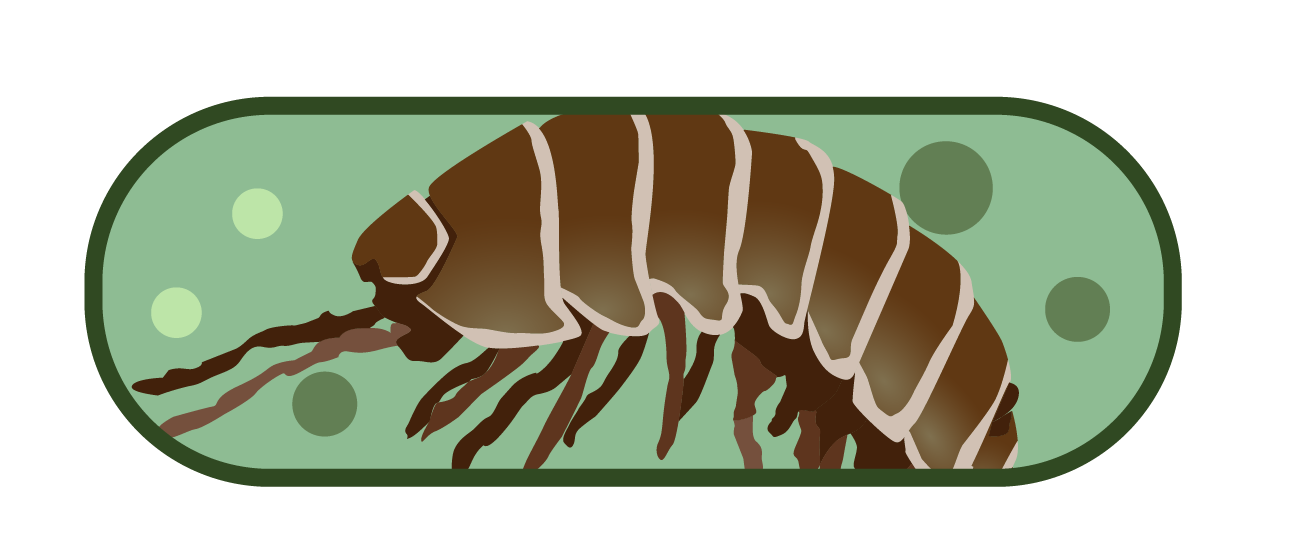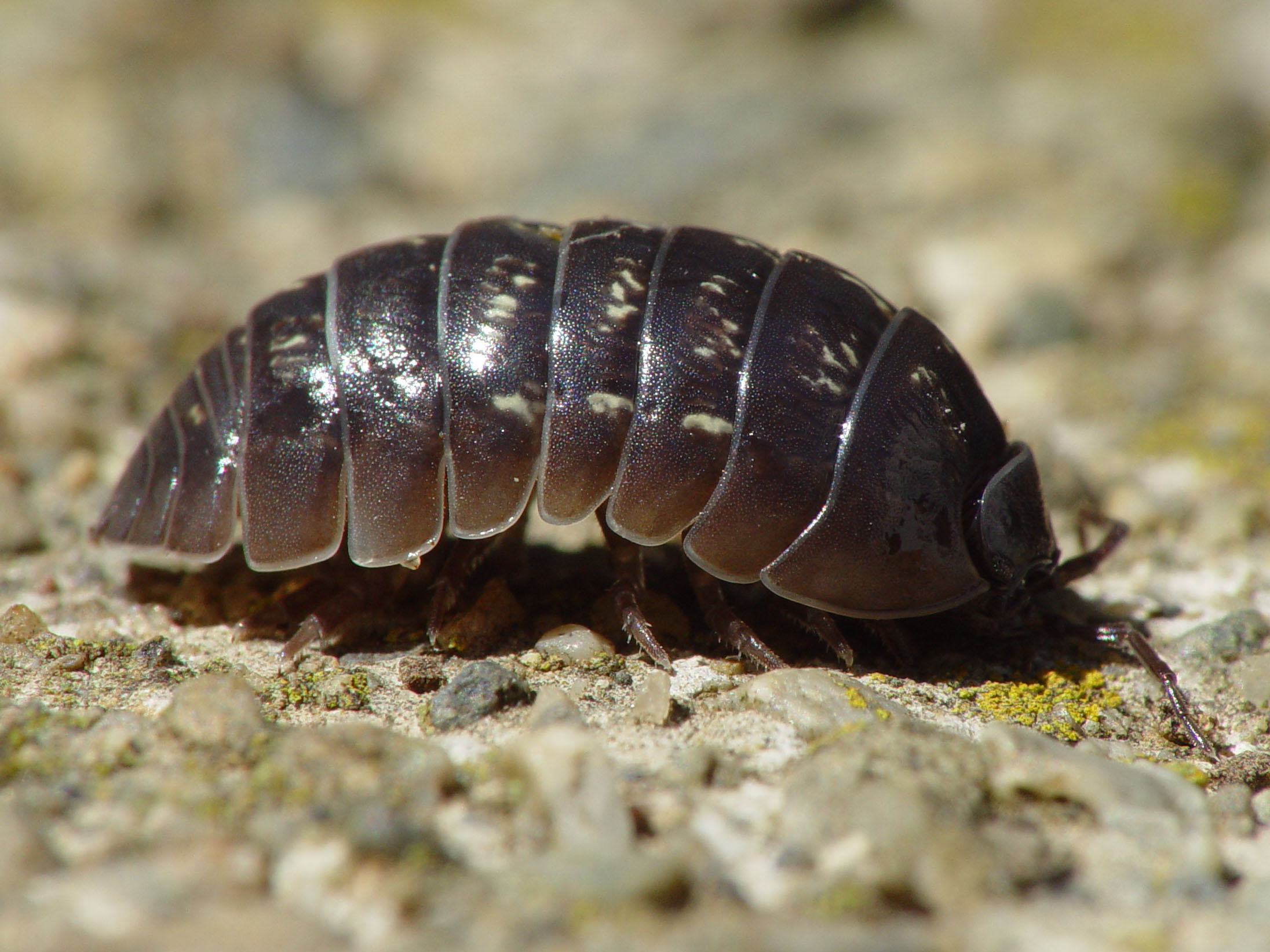
For the first weekend of the Microbial Advent Calendar, we are doing a “Wolbachia Special“! There are so many cool things about Wolbachia that I could have run at least a whole week with one example a day. Instead, we are going to condense the awesomeness of these bacteria in two blog posts a little bit longer than the previous ones. Wolbachia are know to be “reproductive parasites”, but in some species, they transitioned further into beneficial symbionts helping the host to overcome stressful situations.

Today we focus on the parasite aspect of Wolbachia and what it means to be a reproductive parasite. These alphaproteobacterial endosymbionts are transmitted vertically through the host’s eggs and alter the host’s biology in diverse ways, including the induction of reproductive manipulations, such as feminization, male killing, parthenogenesis and sperm–egg incompatibility. Let’s go through each one of those steps with examples.
Feminization and Male killing
Wolbachia is transmitted vertically, meaning that to survive from one generation to another it needs to pass through the female line (with WZ chromosomes). What should they do then when the bacteria encounter male embryos (with ZZ chromosomes)? Simple, kill them or manipulate them to become female even though they are a genetically male.
As an example of male-killing effect: in the moth, Ostrinia furnacalis, infected females produce only female offspring. It turns out that Wolbachia inhibits the expression of a specific gene that encodes a protein required for masculinization, resulting in a lack of male progeny. More info on this in the paper here.
On the feminization side, we can have a look to Zyginidia pullula, a grass-dwelling leafhopper. When infected by Wolbachia, female leafhoppers, again, produce female only broods. This paper looked at karyotype of all female progeny and showed that some of them were genetically male. But if you treat infected females with an antibiotic they will produce male only brood! Something similar has also been shown in butterflies, the species Eurema mandarina. When infected by Wolbachia the female produces only female offsprings, but it might involve more complex mechanisms of sex manipulation. More info in the paper here.
On the more extreme side of this spectrum is what happens to the infected common pillbug Armadillidium vulgare. A recent study identified a 3mb insert in the genome of the pillbug that directly comes from Wolbachia. This bacterial genetic insert into an animal genome carries a feminizing agent. This, as a result, transformes a Z male chromosome in a new W female one. More info on this with this paper here. This is a fascinating example of triggered evolution, the endosymbiont directly induces the emergence of a new chromosome type!
Partheneogenesis
If males are a problem, just get rid of them entirely! In some cases, Wolbachia induces parthenogenesis, a type of asexual reproduction in which growth and development of embryos occur without fertilization. This is the case in the ladybird Adalia bipunctata, and the butterfly Acraea encedon (paper here), and mites (paper here). The exact mechanism is not exactly known yet, but some people are working hard on it. This recent paper did a genomic comparison between lineages of Wolbachia and showed a high number of truncated genes in the parthenogenesis inducing strains. Those genes are thought to be involved in host interactions, but their role is still unknown.

An Armadillidium vulgare (Photo from Wikipedia)
Cytoplasmic Incompatibility
Finally, Wolbachia can assure its transmission to the next generation by having the host reproduce only with other infected hosts. In this case, if an infected female reproduces with an uninfected male, everything goes as planned and the infection goes through. But if an infected male reproduces with an uninfected female, there will be no offspring.
Despite decades of work on this topic, the exact mechanism has not been found yet. However, some recent studies seem to pin down Wolbachia genes having key roles in the infection process. They are two genes carried on a prophage (here) and enzyme related to modifying the host protein regulation (here).
Join the discussion One Comment